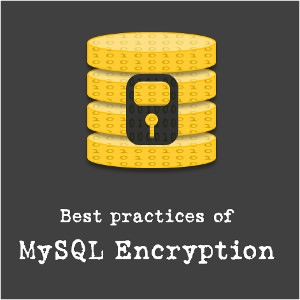SQL Server: Detecting and Correcting Database Corruption

Pluralsight
Course Summary
Database corruption happens all the time, all over the world. Learn how to easily and automatically detect corruption, and then how to recover from corruption with the minimum of downtime and data loss using restore or repair, applicable to anyone who is responsible for SQL Server databases, from SQL Server 2005 onward
-
+
Course Description
Database corruption happens all the time, all over the world. When it happens in your environment, do you know what to do? Will you realize you have corruption? Written and presented by the person who wrote SQL Server's consistency checking and repair tools, this course will show you what you need to know to detect and recover from most cases of database corruption. The course starts by explaining why timely corruption detection is so important, and then investigates the various causes of database corruption. You'll learn how to configure SQL Server to automatically detect when I/O errors occur, what consistency checks are, the DBCC commands to use to perform consistency checks, and how to configure SQL Server to perform consistency checks regularly. The course then moves on to interpreting the output from consistency checks so you'll know when you have corruption in your environment, plus whether and how the corruption limits your recovery options or not. Finally, the course ends with modules that describe and demonstrate how to recover from corruption using simple restore techniques and simple repair techniques. Packed with a wealth of information and practical, easy-to-follow demonstrations, this course will prepare you to detect and recover from database corruption when it happens to you. The course is applicable for all SQL Server versions from SQL Server 2005 onward, and for anyone responsible for SQL Server databases with any level of experience.
-
+
Course Syllabus
Introduction- 16m 55s
—Why is This Course Important? 2m 39s
—What Can Happen to an Unprepared DBA Confronted by Corruption? 0m 48s
—Things That Many People Try First 2m 56s
—Real-World Example 3m 30s
—Practice Makes Perfect 1m 21s
—Root Cause Analysis 2m 17s
—Why Can I Teach This Course? 1m 41s
—Course Structure 1m 43sCauses of Database Corruption- 17m 29s
—Introduction 0m 52s
—How Does Corruption Occur? (1) 1m 47s
—How Does Corruption Occur? (2) 2m 40s
—How Does Corruption Occur? (3) 2m 27s
—Increase Protection Using RAID 2m 56s
—What Does NOT Cause Corruption 1m 9s
—Corruption Propagation to Remote Servers 2m 32s
—Disappearing Corruption 2m 6s
—Summary 1m 0sDetecting Page Corruption- 27m 55sConsistency Checking- 29m 53sDBCC CHECKDB and Related Commands- 36m 48sInterpreting DBCC CHECKDB Output- 30m 58sSimple Restore Techniques- 39m 57sSimple Repair Techniques- 32m 34s





